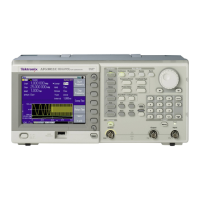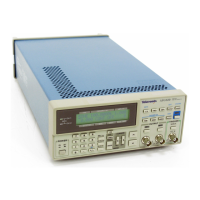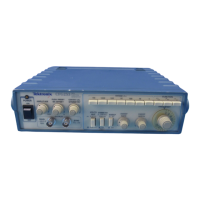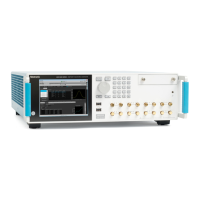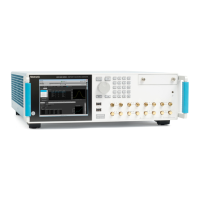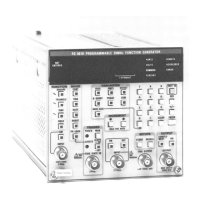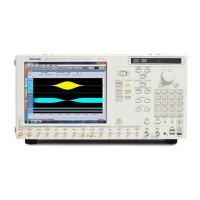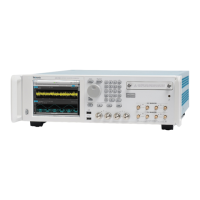Operating basics
Inspection and cleaning
Inspect and clean the instrument as often as your operating conditions require.
The collection of dirt can cause instrument overheating and operational failure.
Dirt acts as an insulating blanket, preventing efficient heat dissipation. Dirt
also provides an electrical conduction path that can cause an instrument failure,
especially
under high-humidity conditions.
CAUTION. Avoid the use of chemical cleaning agents that might damage the
plastics used in this instrument. Use only deionized water when cleaning the
front-panel controls. Use a 75% isopropyl alcohol solution as a cleaner, and rinse
with deionized water.
Avoid the
use of high-pressure compressed air when cleaning dust from the
interior of this instrument. High-pressure air can cause electrostatic discharge
(ESD). Instead, use low-pressure compressed air (about 9 psi).
Exterior inspection
Using t
he following table as a guide, inspect the outside of the instrument for
damage, wear, and missing parts. You should thoroughly check instruments that
appear to have been dropped or otherwise abused to verify correct operation and
performance. Immediately repair defects that could cause personal injury or lead
to further damage to the instrument.
Table 2-7: External inspection check list
Item Inspect for Repair action
Cabinet and front panel Cracks, scratches, deformations,
damaged hardware
Replace defective module
Front-panel buttons Missing or damaged
Repair or replace missing or defective
buttons
Connectors
Broken shells, cracked insulation,
deformed contacts, and dirt in connectors
Replace defective modules; clear or wash
out dirt
Accessories
Missing items or parts of items, bent pins,
broken or frayed cables, and damaged
connectors
Replace damaged or missing items,
frayed cables, and defective modules
TG8000 Multiformat Test Signal Generator User Manual 2–69
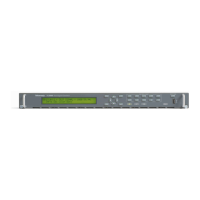
